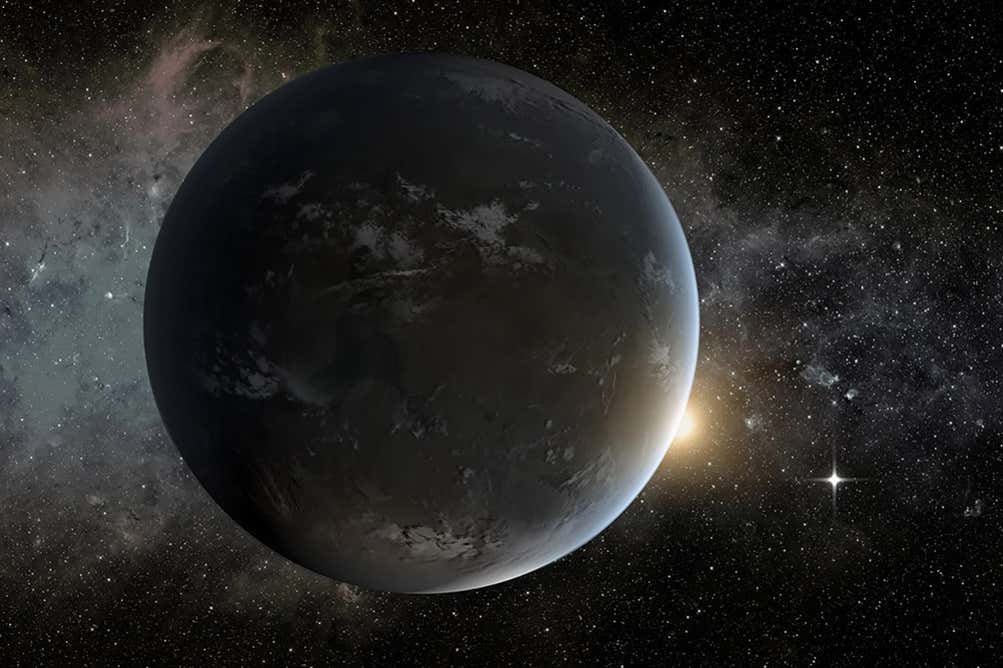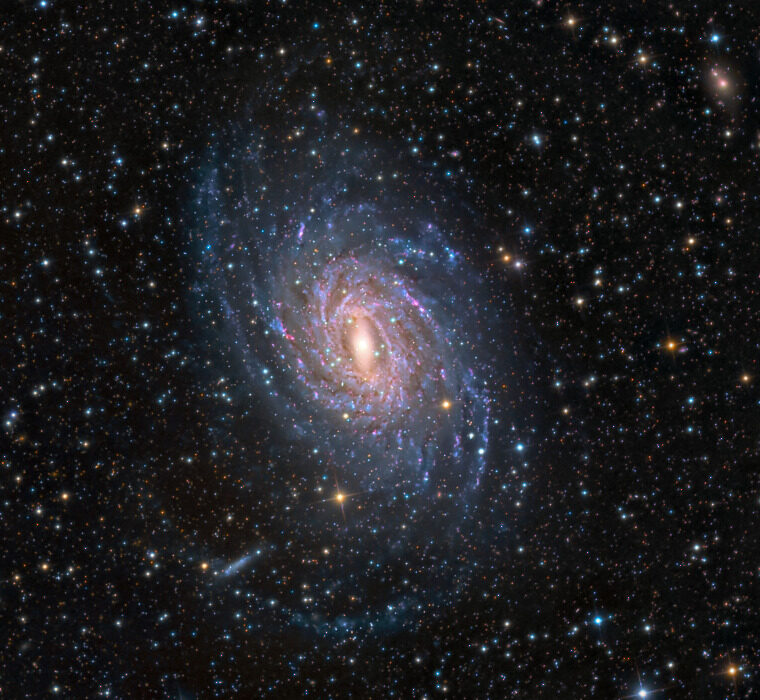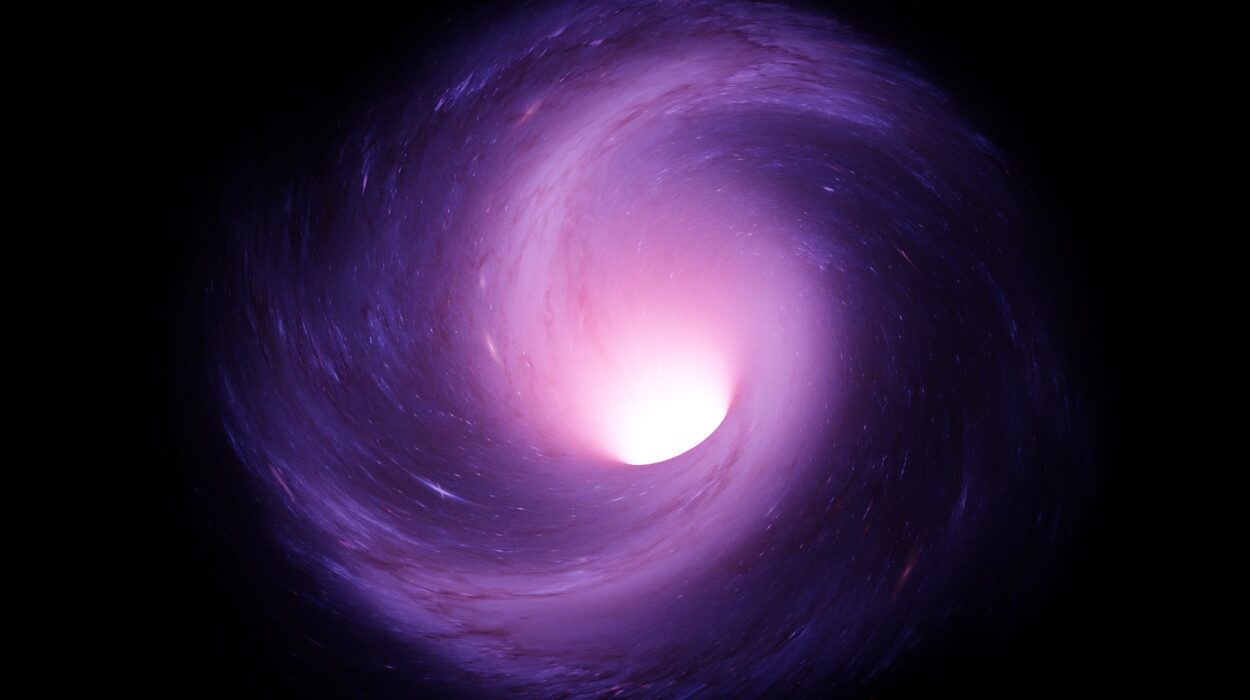For millennia, humans have gazed at the night sky with a mix of awe and longing. The vast tapestry of stars, planets, and galaxies has always hinted at something beyond our Earth, whispering the tantalizing possibility that we are not alone. From the earliest myths of winged deities and celestial beings to the science fiction visions of alien civilizations, the notion of extraterrestrial life has been a part of human consciousness. But it was only in the modern scientific era that this question could be approached with empirical rigor: Are there beings beyond our planet, and if so, can we find proof?
Unlike the mystical speculations of antiquity, the modern search for life beyond Earth is grounded in observation, chemistry, and physics. Scientists do not merely wonder whether life exists elsewhere; they seek measurable, reproducible evidence—clues embedded in the cosmos that could reveal the fingerprints of biology. Over the past century, this search has moved from philosophy to observation, from telescopes to space probes, from theory to startling discoveries that challenge our understanding of life itself. Some of these discoveries are not merely intriguing; they are profoundly shocking, reshaping the boundaries of what we consider possible.
Life in Our Solar System: Hidden Worlds
For much of the twentieth century, Earth was the only known cradle of life. The idea that other planets in our solar system might harbor life was considered speculative at best. But a combination of robotic exploration and high-resolution imaging has transformed that view, revealing a solar system more dynamic and complex than anyone could have imagined.
Mars has long been a focal point in the search for extraterrestrial life. Early telescopic observations suggested surface features that some misinterpreted as “canals,” fueling wild speculation. With the advent of space probes, however, the reality proved even more astonishing. Robotic missions, from the Viking landers in the 1970s to the Curiosity and Perseverance rovers in the twenty-first century, have discovered compelling chemical signatures. Organic molecules, the building blocks of life, litter the Martian soil, trapped in clays and sediment layers that suggest a wetter, more habitable past. More strikingly, recurring slope lineae—seasonal streaks on Martian slopes—hint at transient liquid water flows, a key ingredient for life.
But Mars is only the beginning. Moons such as Europa, orbiting Jupiter, and Enceladus, orbiting Saturn, harbor subsurface oceans beneath icy shells. Data from the Galileo and Cassini missions revealed that these oceans are not stagnant; they are dynamic, heated from below by tidal flexing, and rich in chemical compounds necessary for life. Cassini’s flybys of Enceladus, in particular, detected plumes of water vapor laced with organic molecules, shooting into space from fissures near the moon’s south pole. These plumes offer a rare opportunity: a natural geyser that ejects the ingredients of life directly into space, accessible to robotic sampling without even drilling through miles of ice.
Even Titan, Saturn’s largest moon, challenges our preconceptions. Its dense atmosphere and methane lakes suggest a world with chemistry so alien that life, if it exists, may not resemble anything on Earth. The possibility of life in environments previously thought inhospitable forces us to reconsider the universality of our own biological models.
Signals from the Stars: The Mystery of Fast Radio Bursts and the Wow! Signal
Beyond our solar system, the search for life has taken an entirely different form. Astronomers scan the heavens for patterns that could betray intelligent origins—signals that are not naturally produced by stars, quasars, or pulsars. The most tantalizing evidence has come in the form of radio waves, bursts of energy that sweep across the galaxy.
In 1977, a radio astronomer named Jerry Ehman was reviewing data from the Big Ear telescope in Ohio when he spotted an anomaly. A strong, narrowband signal appeared for sixty seconds and then vanished, coming from a region in Sagittarius. Ehman circled the reading in red pen and wrote “Wow!” in the margin. Dubbed the Wow! Signal, this singular event has never been satisfactorily explained. Its characteristics—the intensity, the frequency, and the sudden disappearance—match what scientists would expect from a non-terrestrial source, yet repeated attempts to detect it again have failed.
More recently, fast radio bursts (FRBs) have captivated astrophysicists. These are extremely short, intense bursts of radio energy, some lasting only milliseconds, originating from galaxies billions of light-years away. While most FRBs are now thought to arise from exotic astrophysical phenomena such as magnetars or neutron star collisions, their unexplained nature and enormous energy output continue to spark speculation about artificial origins. Could some fraction of these bursts be signals from advanced civilizations, intentionally or unintentionally broadcast across the galaxy? Though such a hypothesis remains speculative, it illustrates how even unexplained anomalies can carry profound implications for the possibility of intelligent life.
Exoplanets: Worlds Beyond Our Imagination
The twenty-first century has brought perhaps the most transformative evidence in the search for extraterrestrial life: the discovery of thousands of exoplanets—planets orbiting stars beyond our Sun. Missions like NASA’s Kepler telescope have revealed that planets are common in our galaxy, with many located in the so-called habitable zone, where liquid water could exist on the surface. Some of these exoplanets are Earth-sized and may possess atmospheres capable of supporting life.
What makes these discoveries truly shocking is their sheer diversity. Planets exist in configurations once thought impossible: scorching lava worlds orbiting close to their stars, massive “super-Earths” with gravity ten times that of our own planet, and gas giants larger than Jupiter with rings and moons of their own. In some cases, scientists have even detected chemical anomalies in exoplanet atmospheres—traces of water vapor, methane, or oxygen—that could hint at biological activity. While definitive proof of life remains elusive, the realization that planets suitable for life may be commonplace forces humanity to confront a staggering possibility: life could already exist elsewhere in the galaxy, waiting for us to detect it.
Microscopic Fossils and the Allure of Meteorites
Closer to home, the study of meteorites has offered another line of evidence, bridging astronomy and biology. Certain meteorites, like the famous Allan Hills 84001 from Mars, contain structures that some researchers interpret as fossilized microbial life. Tiny carbonate globules embedded in the rock show patterns that mimic microbial shapes, alongside chemical signatures, such as magnetite crystals, that are rare on Earth but can be produced biologically.
The claim that life—or at least traces of it—exists beyond Earth is naturally controversial. Many scientists caution that non-biological processes could explain these structures. Yet even the possibility that a rock formed on another planet contains the remnants of ancient life is extraordinary. It challenges the assumption that life is unique to Earth and hints at a universe where biology is not the exception but a recurring pattern.
Extremophiles: Redefining the Boundaries of Life
Another profound development reshaping our understanding of extraterrestrial life comes not from the stars but from Earth itself. The discovery of extremophiles—organisms that thrive in conditions previously thought uninhabitable—has expanded the conceivable environments where life could exist. Microbes have been found surviving in boiling acidic springs, under extreme pressure at the ocean floor, and even inside radioactive rocks.
These organisms demonstrate that life is remarkably adaptable, capable of exploiting energy sources once considered incompatible with biology. If microbes can thrive in the most extreme conditions on Earth, it is plausible that similar life forms could exist elsewhere: beneath the icy crust of Europa, in the methane lakes of Titan, or within subsurface aquifers on Mars. The existence of extremophiles has effectively shattered the narrow Earth-centric definition of habitability, making the search for extraterrestrial life both more complex and more hopeful.
The Ethical and Philosophical Implications
The evidence for extraterrestrial life, while still largely indirect, raises profound questions that extend beyond science. If life exists elsewhere in the universe, what does it mean for humanity’s place in the cosmos? Are we unique, or one example among countless iterations of biology? What moral obligations would arise if we encountered life forms, microbial or intelligent, in our exploration of other worlds?
The potential discovery of life beyond Earth also challenges philosophical and theological frameworks. For centuries, humans have viewed ourselves as singular in the universe, often interpreting our existence as the center of creation. The knowledge that life may be widespread forces a reevaluation of these perspectives, blending the scientific and the existential in ways that are both exhilarating and unsettling.
The Future: Toward Direct Evidence
Despite the compelling evidence amassed so far, humanity has yet to capture incontrovertible proof of extraterrestrial life. The coming decades, however, promise an era of unprecedented exploration. Missions are planned to drill through the ice of Europa and Enceladus, to return samples from Mars and asteroids, and to analyze exoplanet atmospheres with unprecedented precision. Advanced telescopes, such as the James Webb Space Telescope, will probe distant worlds for biosignatures like oxygen, ozone, or methane.
Even artificial intelligence may play a role, sifting through astronomical data for patterns too subtle for human eyes to detect. The combination of robotic exploration, chemical analysis, and computational power brings us closer than ever to answering one of humanity’s most profound questions.
A Universe Full of Possibilities
The search for extraterrestrial life has already transformed our understanding of the cosmos. From the hidden oceans of icy moons to the enigmatic signals from distant galaxies, from the microbial hints in meteorites to the resilience of life on Earth, the evidence—while sometimes circumstantial—is both abundant and shocking. It forces a reconsideration of what life is, where it can exist, and how fragile our assumptions have been.
Perhaps the most astonishing aspect is not that life could exist elsewhere, but that humanity now has the tools, knowledge, and imagination to find it. The universe is no longer an infinite void; it is a vast, dynamic laboratory in which life may flourish in forms both familiar and unimaginable. Every discovery, whether a chemical anomaly, a subsurface ocean, or a fleeting radio signal, brings us one step closer to answering the question that has haunted us for millennia: Are we alone?
The evidence amassed to date, while not definitive, is profoundly suggestive. It shocks us not because it is fully confirmed, but because it challenges our deepest assumptions about the universe and our place within it. In contemplating extraterrestrial life, we confront both the unknown and ourselves, glimpsing a cosmos far richer, stranger, and more alive than we ever dared to imagine.






